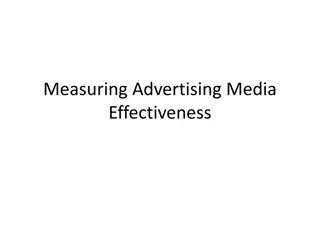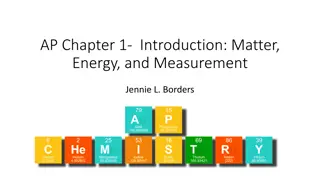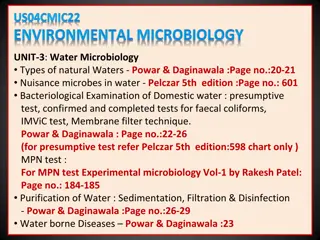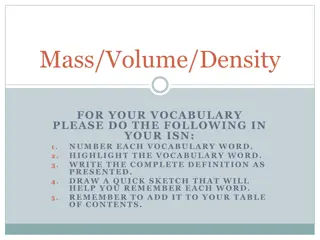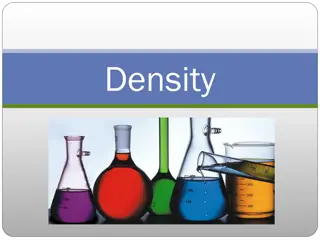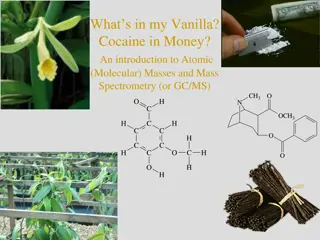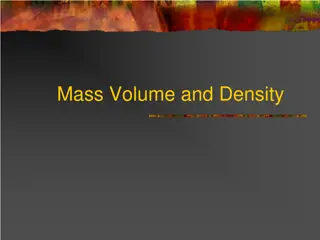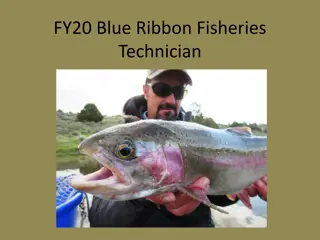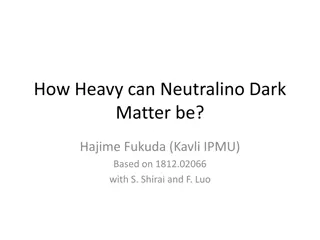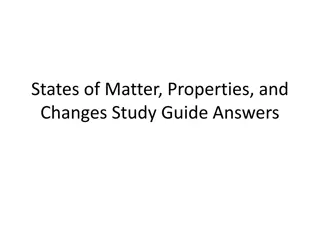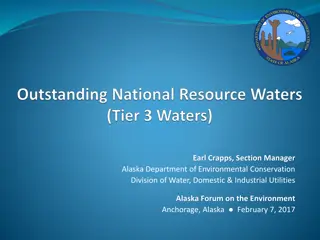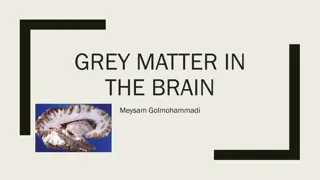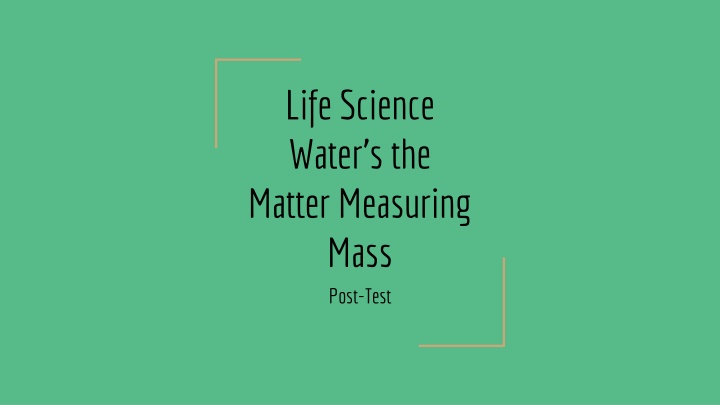
Mass, Volume, and Concentration in Life Science
Explore the fundamental concepts of mass, volume, and concentration in life science through engaging post-test questions. Learn how to measure mass, determine volume, and calculate concentration in a scientific context. Enhance your knowledge of the properties of matter and their interrelationships in this educational material.
Download Presentation

Please find below an Image/Link to download the presentation.
The content on the website is provided AS IS for your information and personal use only. It may not be sold, licensed, or shared on other websites without obtaining consent from the author. If you encounter any issues during the download, it is possible that the publisher has removed the file from their server.
You are allowed to download the files provided on this website for personal or commercial use, subject to the condition that they are used lawfully. All files are the property of their respective owners.
The content on the website is provided AS IS for your information and personal use only. It may not be sold, licensed, or shared on other websites without obtaining consent from the author.
E N D
Presentation Transcript
Life Science Water s the Matter Measuring Mass Post-Test
Volume is best described as ____________. A. How much an object weighs B. How much matter is dissolved in water C. How much matter is in an object D. How much space an object occupies E. How fast an object is moving
The mass of an object is dependent upon its ____________. A. Gravity B. Volume C. Matter D. Heat E. Energy
Which of the following statements concerning concentration is true? A. Concentration is equal to gravity times mass B. Concentration is how much matter is in a given volume C. Concentration is equal to matter times volume D. Concentration is how much mass is present at a given gravity E. Concentration is equal to gravity times volume
In order to determine concentration, you would need to know ________ and ________. A. mass; volume B. mass; gravity C. volume; gravity D. volume; weight E. mass; weight
Using the metric system, volume is often measured in units of _______. A. Grams B. Liters C. Grams/Liter D. Ounces E. Pounds
Which of the following methods could you use to measure the mass of an object? A. Placing it on a balance B. Placing it in a beaker C. Measuring it with a ruler D. Immersing it in water E. Using a thermometer
Which of the following solutions would have the lowest concentration of sugar A. One gram of sugar in one liter B. One milligram of sugar in one milliliter C. One kilogram of sugar in one milliliter D. One gram of sugar in one milliliter E. One milligram of sugar in one liter
If gravity were to no longer present, an object would no longer have ______. A. Volume B. Mass C. Size D. Weight E. Concentration
Which of the following is a measure of mass in the metric system? A. Kilograms B. Liters C. Pints D. Ounces E. Pounds
Kelly is treating a small fishpond with a chemical to neutralize pesticide contamination. To be effective, the concentration of the chemical needs to be 3 g of chemical in 1 liter of volume. If Kelly has 100 g of the chemical, how much pond water can she treat? A. 300 mL B. 333 mL C. 3.33 L D. 33.3 L E. 300 L
Ali is treating a small fishpond with a chemical to neutralize pesticide contamination. To be effective, the concentration of the chemical needs to be 3 mg of chemical in 1 liter of volume. If he wants to treat 1500 L of pond water does Ali need to add? A. 45 mg B. 4.5 g C. 45 g D. 50 g E. 500 g
Isabelle is treating a small fishpond with a chemical to neutralize pesticide contamination. To be effective, the concentration of the chemical needs to be 3 mg of chemical in 1 liter of volume. Unfortunately, Isabelle was distracted while treating the 1000-liter pond and ended up adding too much chemical. She measures the concentration to be 8 mg of chemical in 1 liter. How much of the chemical did Isabelle add? A. 8 mg B. 80 mg C. 8 g D. 80 g E. 8 kg
Isabelles little brother decides that he, too, can treat pond water. He dumps 100 g of sugar in 500 L of pond water. If Isabelle were to measure the concentration of her brother s creation, what would it be? A. 0.1 mg/L B. 0.2 mg/L C. 1 mg/L D. 0.2 g/L E. 1 g/L

